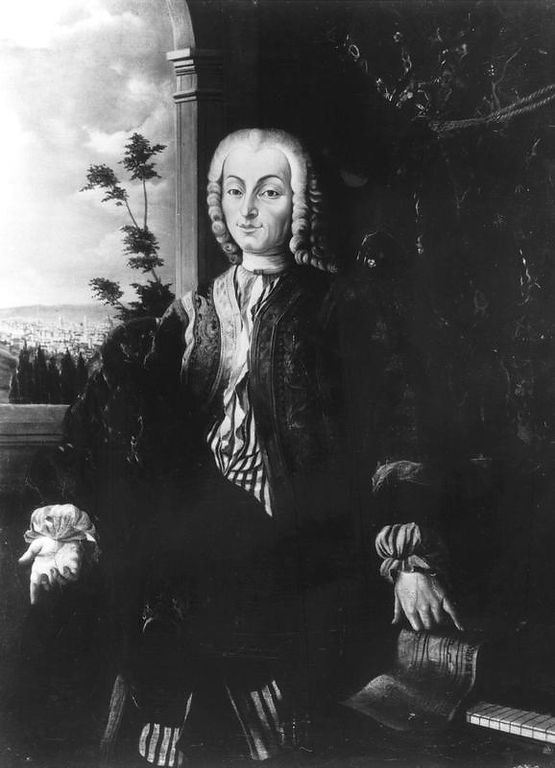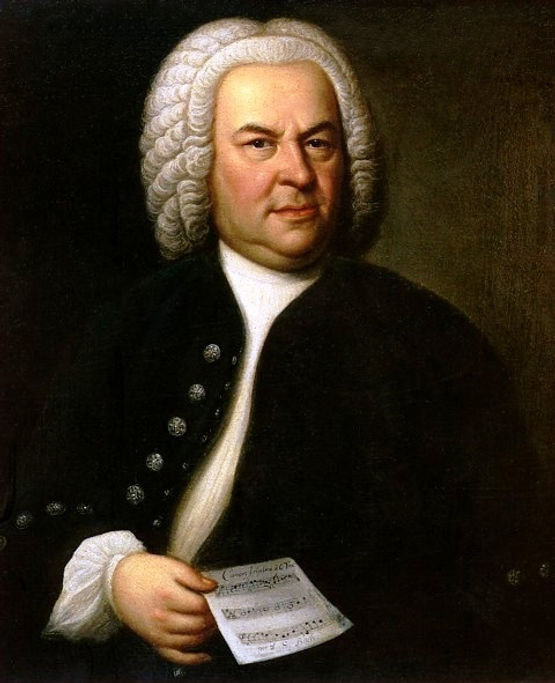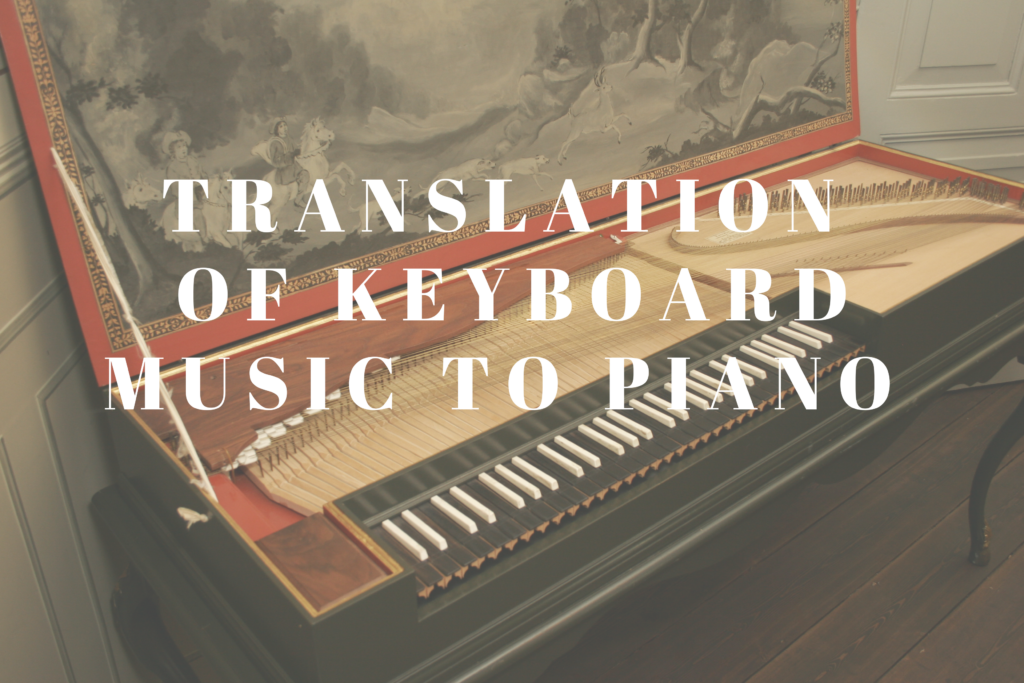Uncategorized
Idiomatic Translation of Keyboard Music to Piano During 16th and 17th Centuries
The repertoire for keyboard during the Baroque period encompasses a wide range of pieces, despite the time’s diversity of instruments and styles. Music for the keyboard, during this period, was enjoyed in all the epicentres of society, and many instruments were created to express feelings in depth.
Throughout Europe, during this time, we can find mainly two types of keyboards: those with plucked strings and those with the wind. Within the keyboard family of plucked strings, we find a certain group whose action of plucking strings was achieved through a mechanism. The player hits the key, and the plectrum plucks the strings. It is similar to organs, where the player hits the key, and the sound is produced through the tubes with the help of mechanical air. Instruments such as virginals, harpsichords, spinets and organs enjoyed fame in the musical scene of that time.
It’s worth noting that there was a particular keyboard instrument that was used a lot throughout the Baroque and Classical periods, that is, the clavichord, whose keyboard mechanism, unlike harpsichords, was connected to the plectrum directly through a lever, which helped to modulate the sound and obtain different dynamics, and even create a vibrato. The repertoire created for this instrument was quite flexible and was, therefore, able to be transposed over to the piano, thanks to the instrument’s sonority qualities. With the invention of the pianoforte, by the hands of the inventor Bartolomeo Cristofori, at around 1700, other keyboard instruments’ fame from previous centuries fell into decline.

Bartolomeo Cristofori
Towards the end of the 17th century and the beginning of the 18th century, the pianoforte enjoyed wide acceptance within the musical panorama of the West. However, the great musical jewels that were written for the organ, the harpsichord and its derivative instruments consisted of a very elevated musical and technical level, so much so, that despite the decay in the musical production for these instruments, their scores were continued to be played on the pianoforte.
Harpsichord Music on the Piano
Just like for the piano, two staves needed to be used for harpsichord music: one for the low and medium pitches, and one for the medium and higher pitches. The writing is so similar that it was very easy to use it on the piano, with a difference in timbre.
Looking at the translation of antique music to the piano, we can highlight two interpretive trends: one historically informed and the other further away and intuitive. That’s to say, one version following interpretive patterns of antique music, and one more romantic version, that exaggerated the expressive means which could be captured on the piano.
Historically Informed Version
It’s important to know that on keyboard instruments of antique music, it’s possible to express and discourse without any obstacles along the way; it’s simply an older and more sophisticated language. This is important when bringing this repertoire to the piano to understand different historical aspects (contextualize the piece) and rhetoric figures (the meaning of the various musical figures).
Figures that Affect the Melody:
• Anabasis: Ascending melodic line.
• Catabasis: Descending melodic line.
• Circulatio: Melodic line that oscillates around a note.
• Hypotiposis fugue: Ascending or descending melodic line, fast, light and of short duration.
Figures that Affect the Harmony:
• Passus duriusculus: Dissonance of 2 per step, too long or short for the scale.
• Saltus duriusculus:
– Melodic jump equal to or greater than a sixth
– Dissonant melodic jump (7th)
– Superjectio (accentus)
– Subsumptio: lower escape note
– Post-positive Subsumptio: A subsumptio that occurs at the end of a fragment
From J. S. Bach to XX Century
J. S. Bach was a composer who was significantly linked to the Protestant religion and directly linked the German protestant religion, instilled by Martin Luther, throughout his music. In the musical discourse in Bach’s music, it’s worth highlighting that the big intervals in the melody should be separated (from the fourth upwards) due to its rhetoric and context. This is also applicable to other composers during this period. By separating these big intervals, we are directly expressing, in the case of Bach, what the composer perhaps wanted to portray in the musical fragment, exclamation (to highlight a meaningful idea), or anabasis (ascendant scalestic passage), giving the music the significance of relation that exists between mankind and God. A catabasis would be the opposite to this.

J.S. Bach
Something of great importance was to relate the polyphony of the baroque period with choral polyphony. This is applicable to instrumental genres of strict Counterpoint, such as inventions, fugues, or genres that carry this form of writing, greatly helping to understand the trend of different voices.
The different voices or melodic lines should be executed on the piano with other dynamic plans, thus creating a more choral vision of the piece. This is technically achieved depending on the distance by which the fingers find the keyboard (finger movement) or how inclined the wrist is (rotation movement); that’s to say, according to each movement that should be used to play each passage, the distance between it and the keyboard is what will determine how highlighted one voice will be over another. This was a big contribution to the evolution of the keyboard instrument, the procuring of the dynamic that this new instrument can play, and thus, gave it a more elevated beauty and the use of a wider range of colours.
Rhythmically, it’s worth noting that the downbeat in each bar should be liberated and highlighted, which refers to the fact that there should be a brief gap between each last and first beat, as well as a subtle and tasteful dynamic emphasis in these beats. The magnitude of this varies depending on the genre. If one were to play a dance suite, the effect of highlighting the beats is very important since we see the context of the piece. The Suites are pieces that were created to be danced and recreate the main dances of the period, and thus, by highlighting this downbeat, the dancers could easily follow the tempo of the music they have to dance to.
In more secular genres such as Inventions, Fugues, Ricercares, and Canzonas, highlighting the beats is also very important since the composers usually connected the profane with the pagan, something very common during the baroque, such as the Zenith of the opera.
In pieces where the time signature is divided into three, the prolongation of the first time will be longer than the second and third, the second medium, and the third even shorter. This is due to the theological influence in music; by highlighting this form of executing different times, we are directly announcing the existence of the holy trinity through the interpretation. It should be noted that this factor directly stems from organ and choral music since both were founded on liturgical music. This interpretive resource was later used on other instruments of the period.
Therefore, antique music texts were also recreated in this way on the piano. So much so that in the same period, giving individual importance to teaching the time of three became more popular, being very common to play and dance sarabandes and minuets in this way.
With this influence of the concerto grosso, the concerto a solo, and the alternation of soloist and orchestral sections (solos and ritornellos), instrumental music during the baroque period generally followed this structure. It’s worth mentioning when interpreting genres such as preludes, toccatas, fantasias, and concertos for a solo instrument (such as the 16 Konzerte nach verschiedenen Meistern, BWV 972-987, Bach). The concept of a big orchestral mass and a small soloist group, or a solo instrument, should be portrayed when different genres are interpreted, especially the concerto genre, giving to the piece a more elevated artistic style on the piano, exploiting the resources of dynamics. A clear example of this from the baroque period was the Italian Concerto in F Major by Bach, in which, with the use of two keyboards (upper P, and lower F), the composer manages to capture transparently the alternate between the soloist and the ripieno.
This same factor should be translated to the piano in a more exaggerated and organised way, seeing as counting on a wide dynamic range is important that in each section sonoric microplanes are created that vary depending on the section of the voices (ascendent motions, crescendo, descending motions, decrescendo), like all that is applied to the rhetoric and the intuitive interpretation.
Conclusion
Considering everything we explained in this article, it’s of great importance to foster a knowledge and understanding with prior research work before playing a piece, that’s to say, to try and understand socio-historical aspects and thus understand what happened in that period when putting music in our hands.
There are treasures in antique music that will never cease to exist in every musician’s repertoire, so much so that we can mention the big transcriptions achieved by composers of the 19th and 20th centuries; Liszt and his transcriptions of preludes and fugues of J. S. Bach. Also, composers such as Ferruccio Busoni, and Max Reger, gave themselves the task of transcribing different organistic pieces by Bach onto the piano and thus recreating the majestic sonority of the organ in the pianism of the 19th and 20th centuries.

